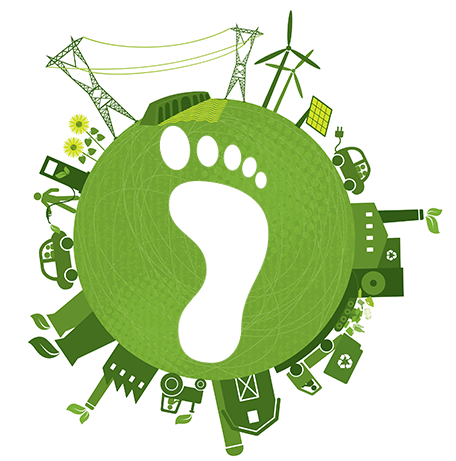The Reality Of Carbon Footprint

If you really want to reduce your carbon footprint, have fewer kids and ditch your car…! Carbon footprint is the amount of carbon dioxide released into the atmosphere as a result of the activities of a particular individual, organization, or community. The most common way to reduce the carbon footprint of humans is to Reduce, […]
How nature can help us heal from grief

Here’s how you can help friends and family during somber times. Death is a part of life. It’s a cliché. But clichés exist for a reason. The fact is we are surrounded by dying each and every day. Every time we step out in our yard, we are seeing an abundance of life. But we’re […]
WHAT IS EARTHING?

Can getting in touch with the Earth’s electrons improve your well-being? We look at the science. The concepts are ones that we all can understand. Celebrating nature. Improving health. Getting a good night’s sleep. Strengthening the primordial bond between humans and the planet on which we live. The science of it all? Well, that’s […]
